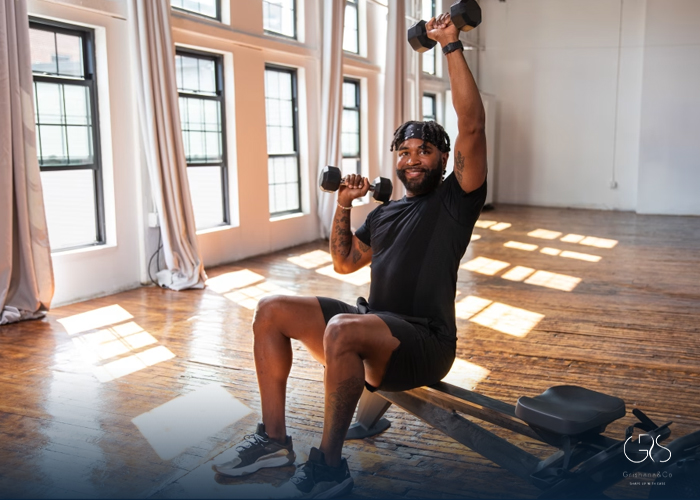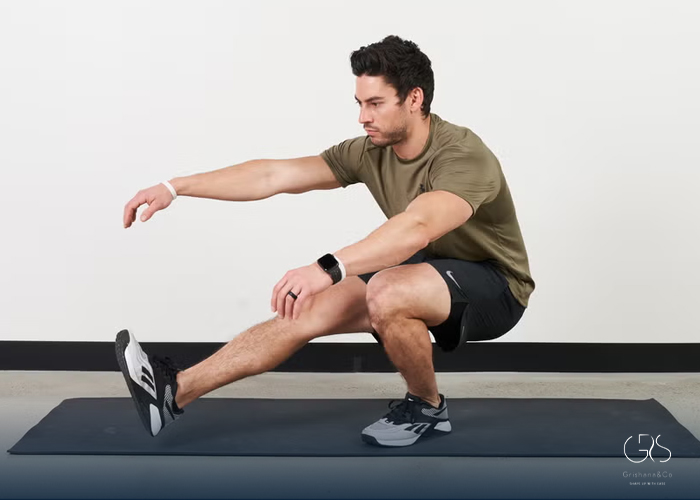High-Intensity Interval Training (HIIT) has gained immense popularity in recent years due to its time-efficient nature and numerous health benefits. With its ability to boost cardiorespiratory fitness, shed excess fat, and improve overall well-being, many fitness enthusiasts are incorporating HIIT into their weekly exercise routines. However, determining the optimal frequency of HIIT workouts remains a common question among individuals looking to maximize their results while avoiding burnout and overtraining. In this article, we will delve into the recommendations and considerations regarding how many HIIT workouts you should do each week to achieve your fitness goals effectively.
Understanding HIIT
HIIT involves short bursts of intense exercise followed by brief periods of rest or lower-intensity activity. This workout structure challenges both the cardiovascular system and muscles, leading to improved endurance, calorie burning, and metabolic rate. The efficient nature of HIIT makes it a favorable choice for individuals with busy schedules, allowing them to reap significant benefits in relatively short workout sessions.

Determining the Right Frequency
When it comes to the frequency of HIIT workouts, there is no one-size-fits-all answer. The optimal number of sessions per week can vary depending on several factors, including fitness level, goals, recovery capacity, and overall health. Striking a balance between pushing yourself to the limit and allowing ample time for rest and recovery is crucial for long-term success with HIIT.
Factors to Consider
- Fitness Level: Beginners may need more time to adapt to the intensity of HIIT workouts compared to seasoned athletes. Starting with 2-3 HIIT sessions per week and gradually increasing the frequency as fitness improves is a common approach recommended by fitness experts.
- Recovery Ability: Adequate recovery is essential for muscle repair and growth. Pushing yourself to do HIIT workouts every day without proper rest can increase the risk of injury and burnout. Listening to your body and scheduling rest days between sessions is key to preventing overtraining.
- Goals: The number of HIIT sessions per week should align with your fitness goals. Someone looking to lose weight may benefit from more frequent HIIT workouts, whereas an individual focusing on muscle gain might incorporate HIIT as a complement to resistance training rather than a primary focus.
- Other Physical Activities: Consider how HIIT fits into your overall exercise routine. Mixing HIIT with other forms of exercise such as strength training, yoga, or steady-state cardio can provide a well-rounded approach to fitness while preventing monotony.
Expert Recommendations
According to the American College of Sports Medicine (ACSM), most adults can benefit from incorporating HIIT workouts 2-3 times per week to improve cardiovascular fitness and overall health. The ACSM also emphasizes the importance of individualizing exercise prescriptions based on personal goals and fitness levels.
In contrast, some fitness professionals advocate for a higher frequency of HIIT workouts, suggesting that individuals can safely engage in 4-5 sessions per week with proper programming and attention to recovery. However, this approach may not be suitable for everyone, especially those prone to joint issues, excessive soreness, or high stress levels.
Balancing Intensity and Recovery
Finding the right balance between intensity and recovery is crucial when determining how many HIIT workouts to do each week. While HIIT is known for its intensity, it is equally important to prioritize rest, quality sleep, nutrition, and other recovery strategies to support optimal performance and prevent burnout.

Conclusion
The number of HIIT workouts you should do each week depends on various factors, including your fitness level, goals, recovery capacity, and overall health. While there are general recommendations from fitness organizations, it is essential to tailor your HIIT routine to suit your individual needs and listen to your body’s signals. By striking a balance between challenging workouts and adequate rest, you can harness the benefits of HIIT while minimizing the risk of overtraining and injuries.
Sources
- American Council on Exercise, Overtraining | 9 Signs of Overtraining to Look Out For
- National Library of Medicine, Recovery Strategies in Endurance Athletes










